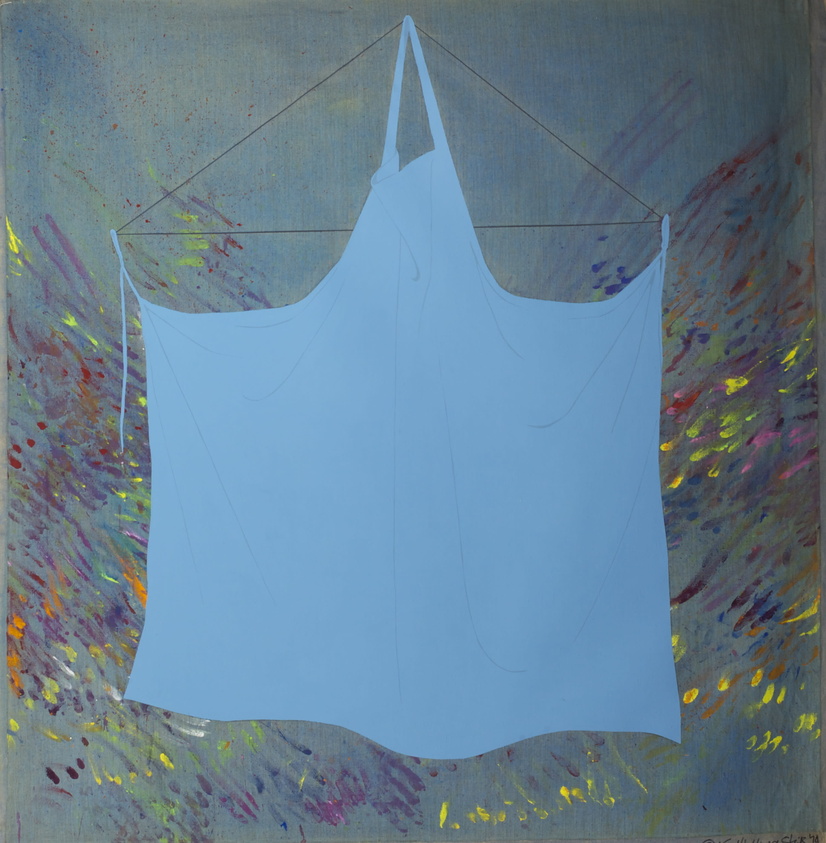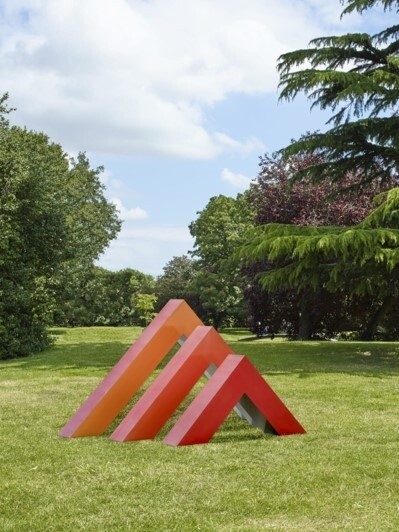Kay WalkingStick, Gray Apron, 1974
Oct 2, 2022
0:00
Kay WalkingStick, Gray Apron, 1974
0:00
Kay WalkingStick: I'm Kay WalkingStick, I'm a painter.
Narrator: This work is part of a series of “apron” paintings that WalkingStick did when she was a graduate student.
Kay WalkingStick: I made a series of paintings about my aprons because, at the time, I was very aware of the fact that I was leading two lives. So this is really a painting about who I am and my life. I was actually making my work aprons out of scraps of canvas linen. I was trying to, through this iconic shape, and I felt it was an iconic shape, that expressed these two connected sides of my life.
In this painting, I was stating who I was as a painter, but also saying, and yes, this painter is a woman who has responsibilities to a family. I'm sure many people on the outside saw me as a suburban housewife who painted. And I was, to me, a painter who happened to be married and had kids.
Narrator: WalkingStick remembers the early seventies as a politically loaded era. Second wave feminism and the American Indian Movement were in full swing. She explains that it was a “very personal” time because women were rethinking their place in society. She was also immersing herself in the New York art world during Minimalism’s rise. The triangle at the top of this work is a nod to the hard-edge forms she saw in her contemporaries’ work, what she described as “diagrammatic paintings.”
Kay WalkingStick: It was to optically support the apron that I put this triangle in.
Looking back on it, I see this triangle a little differently, I see it as balance. And here I am talking about this life of mine, which seems divided and yet actually it was very balanced, like the triangle.


